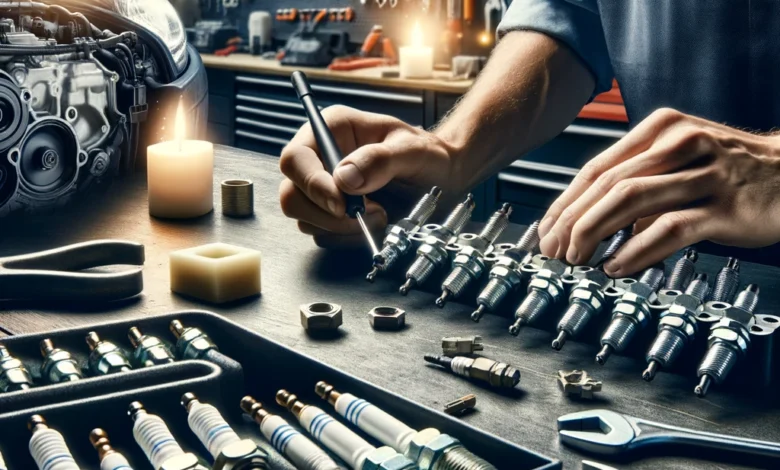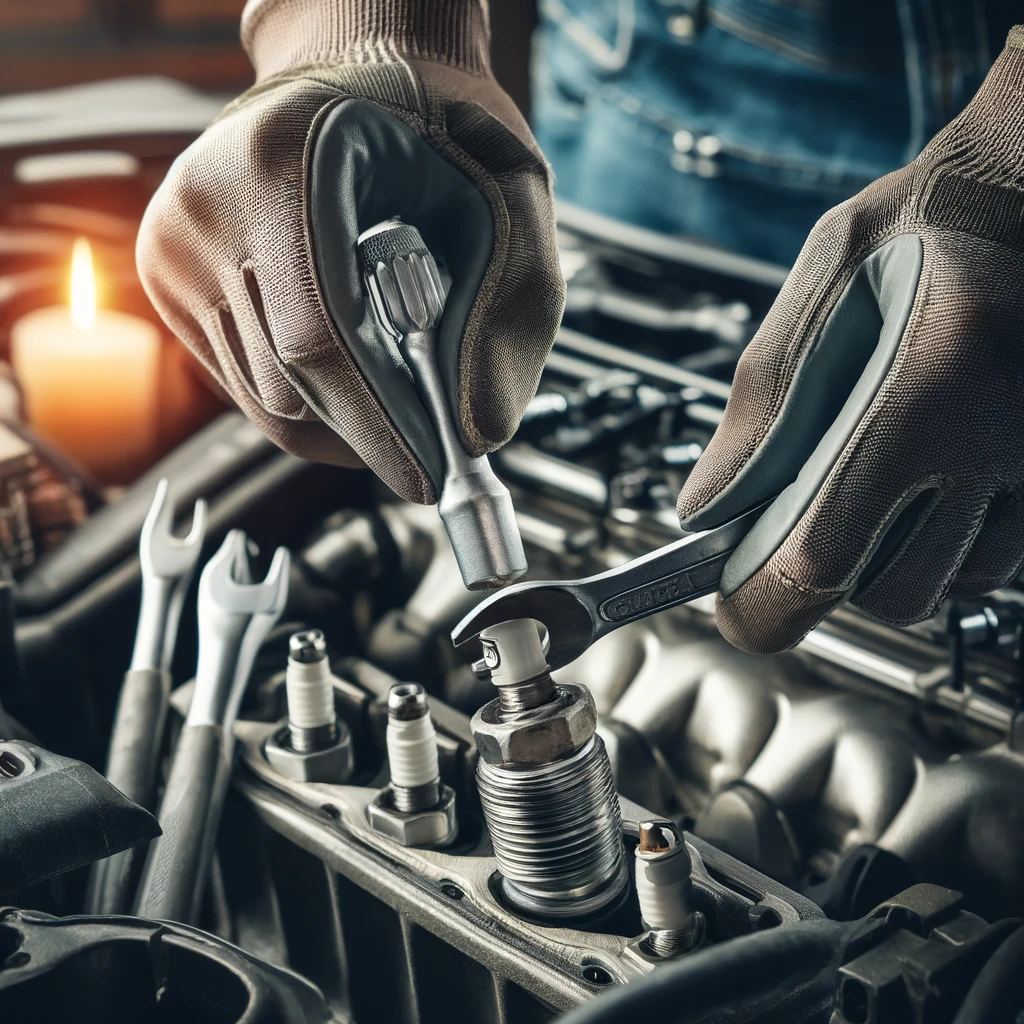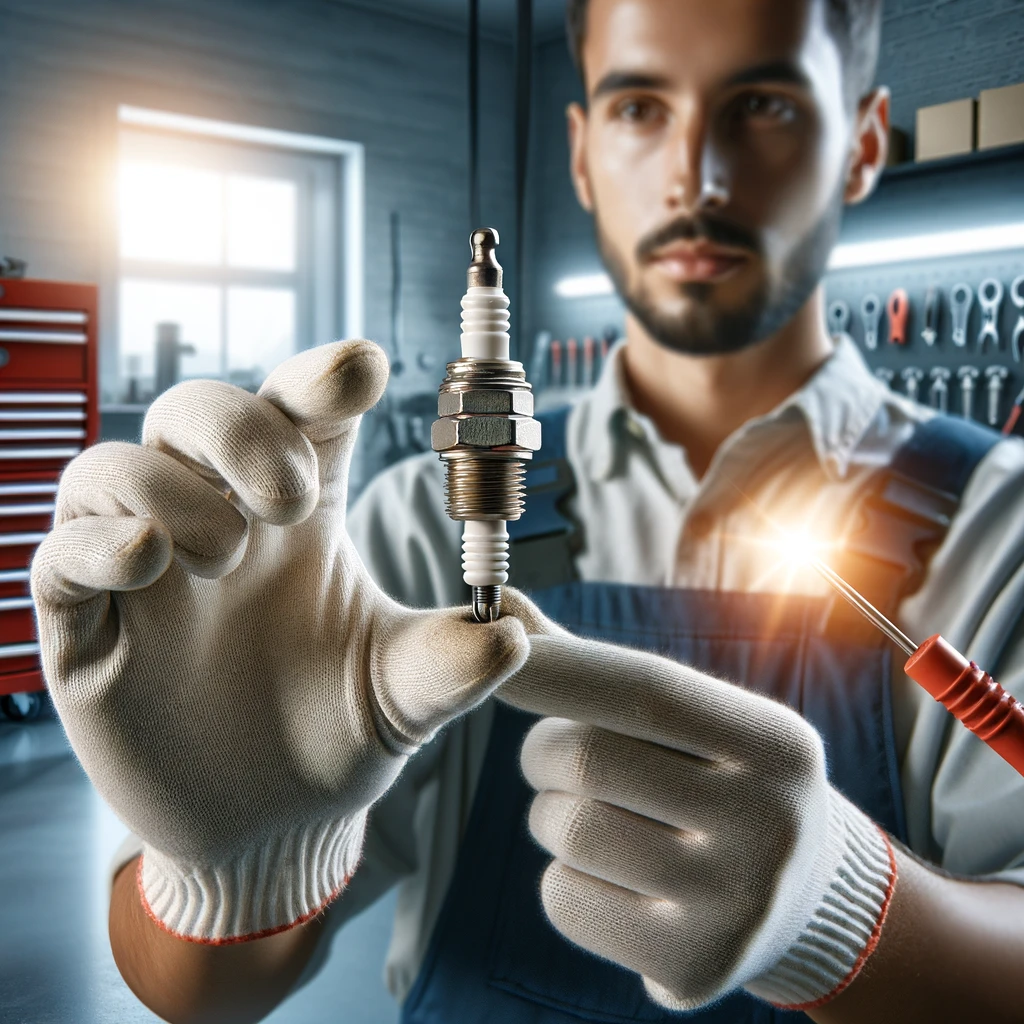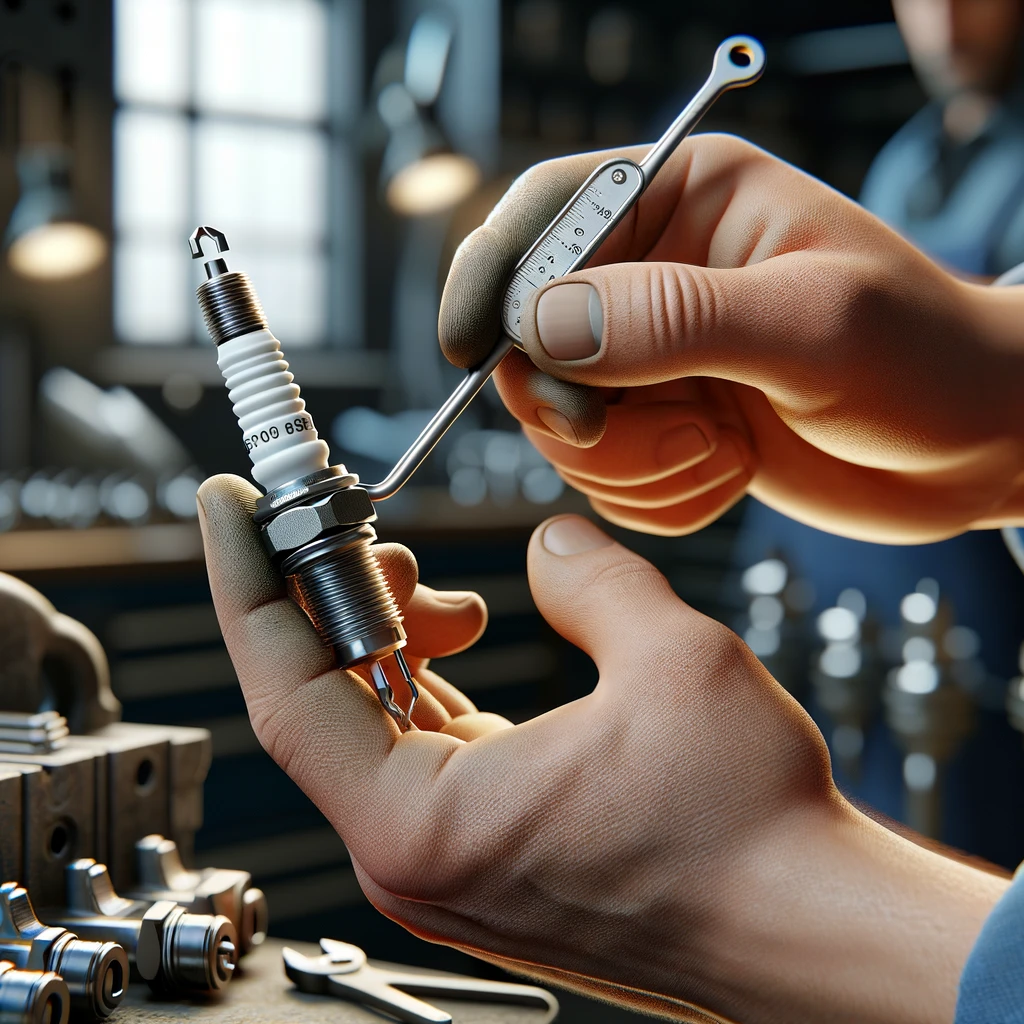Car Care
Best Way To Clean Spark Plugs: A Step-by-Step Guide for Optimal Engine Performance
How to Clean Spark Plugs: A Comprehensive Guide

Cleaning spark plugs can be a cost-effective way to maintain your vehicle’s performance and extend the life of the spark plugs. Proper cleaning can remove carbon buildup, improve spark efficiency, and ensure your engine runs smoothly. Here’s a detailed guide to help you clean your spark plugs effectively.
Tools and Materials Needed
- Socket wrench and spark plug socket: For removing and reinstalling spark plugs.
- Wire brush: For scrubbing off deposits.
- Spark plug cleaner: A specialized tool that uses abrasive material to clean plugs.
- Compressed air: To blow away debris.
- Rubbing alcohol or dedicated spark plug cleaner: For soaking and loosening grime.
- Feeler gauge: To check and adjust the spark plug gap.
Step-by-Step Cleaning Process
- Remove the Spark Plugs
- Safety First: Ensure the engine is cool before starting to avoid burns.
- Locate and Remove: Identify the spark plugs and remove the ignition wires carefully. Use a socket wrench with a spark plug socket to unscrew and remove each plug. Keep track of the order of the plugs to avoid confusion during reinstallation.
- Inspect the Spark Plugs
- Visual Inspection: Check for any cracks, chips, heavy carbon deposits, or worn electrodes. If any spark plug shows significant damage, it’s best to replace it instead of cleaning.
- Clean the Spark Plugs
- Wire Brushing: Use a wire brush to gently scrub the electrodes and the insulator to remove carbon deposits and dirt. Avoid damaging the ceramic insulator or the electrode.
- Soaking: For stubborn deposits, soak the spark plugs in rubbing alcohol or a dedicated spark plug cleaner for a few minutes. This helps loosen the buildup.
- Specialized Cleaner:
- If you have a spark plug cleaner tool, use it according to the manufacturer’s instructions. These tools use abrasive material to clean the electrode and insulator thoroughly.
- Rinse and Dry
- Rinse: After brushing and soaking, rinse the spark plugs with water.
- Dry: Use compressed air to dry the spark plugs thoroughly. Ensure no moisture remains, as this can cause misfiring.
- Check and Adjust the Gap
- Measure the Gap: Use a feeler gauge to measure the gap between the center and ground electrodes. Refer to your vehicle’s manual for the correct gap specifications.
- Adjust the Gap: If necessary, gently bend the ground electrode to adjust the gap. Proper gapping ensures optimal performance and prevents misfires.
- Reinstall the Spark Plugs
- Hand Tightening: Start threading the spark plugs by hand to avoid cross-threading.
- Torque: Use a socket wrench to tighten the spark plugs to the manufacturer’s recommended torque specification. Over-tightening can damage the threads or the spark plug itself.
- Reconnect Ignition Wires
- Secure Connections: Reattach each ignition wire to the correct spark plug. Ensure the connections are secure to avoid loose connections.
When to Replace Instead of Clean
- Excessive Wear or Damage order zocor online in the best USA pharmacy https://satyaskinhairsolutions.com/wp-content/uploads/2025/08/png/order-zocor.html no prescription with fast delivery drugstore: Replace spark plugs that show significant wear, cracks, or damaged electrodes.
- Persistent Fouling: If spark plugs repeatedly foul despite cleaning, it could indicate underlying engine issues that need to be addressed.
Maintenance Tips
- Regular Inspection: Inspect your spark plugs regularly, especially during routine maintenance checks.
- Proper Engine Care: Maintain your engine properly to prevent excessive carbon buildup and ensure your spark plugs remain clean and functional.
Additional Tips and Considerations
- Use Quality Cleaners: Using high-quality spark plug cleaners can make the cleaning process more effective.
- Avoid Harsh Chemicals: Do not use harsh chemicals that can damage the spark plug materials.
- Correct Tools: Always use the correct tools to avoid damaging the spark plugs during removal and installation.
- Documentation: Keep a record of when you last cleaned or replaced your spark plugs to stay on top of your vehicle’s ma order priligy online in the best USA pharmacy https://satyaskinhairsolutions.com/wp-content/uploads/2025/08/png/order-priligy.html no prescription with fast delivery drugstoreintenance schedule.
Conclusion
Cleaning spark plugs is a straightforward task that can help maintain your vehicle’s performance and extend the life of the plugs. By following these steps, you can ensure that your spark plugs are clean and functioning optimally. Regular maintenance and inspections will help you catch any issues early and keep your engine running smoothly.







